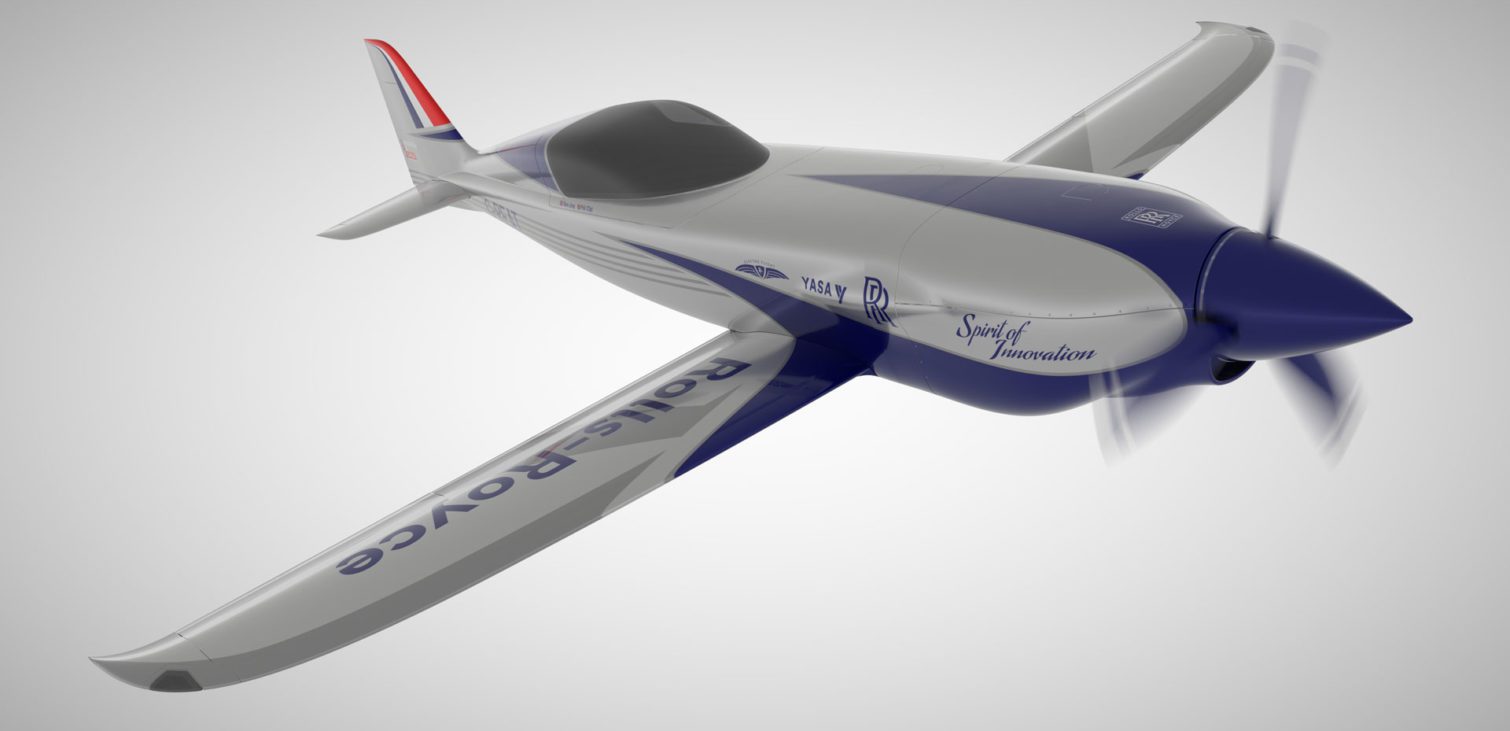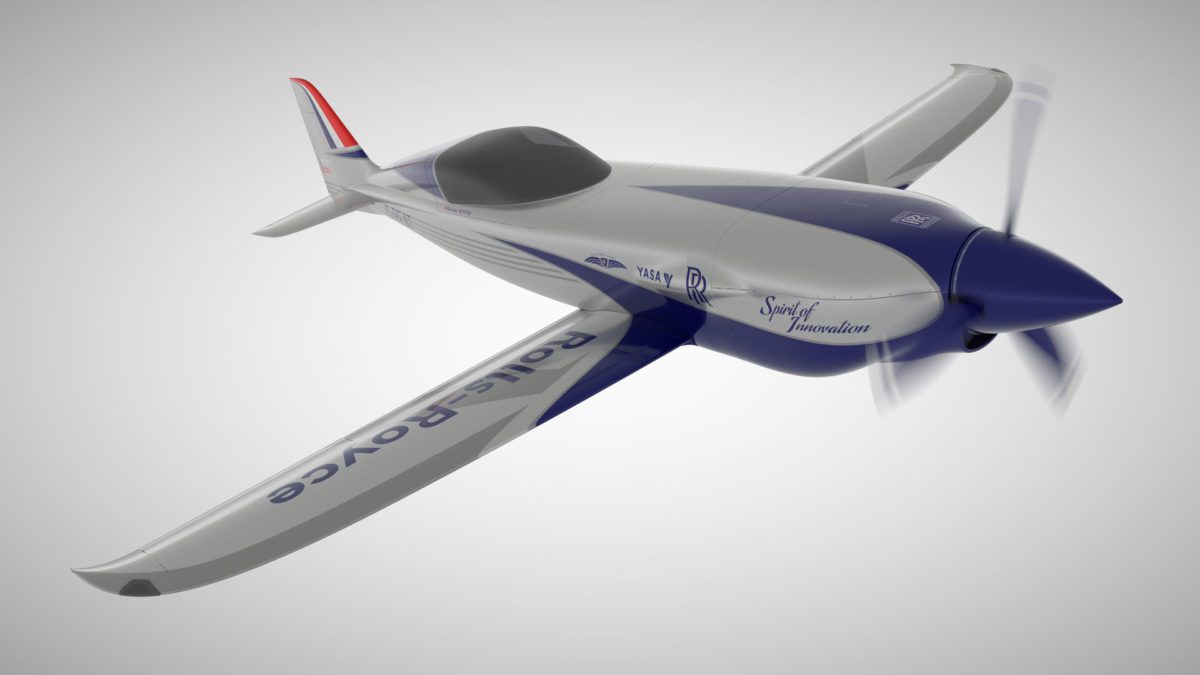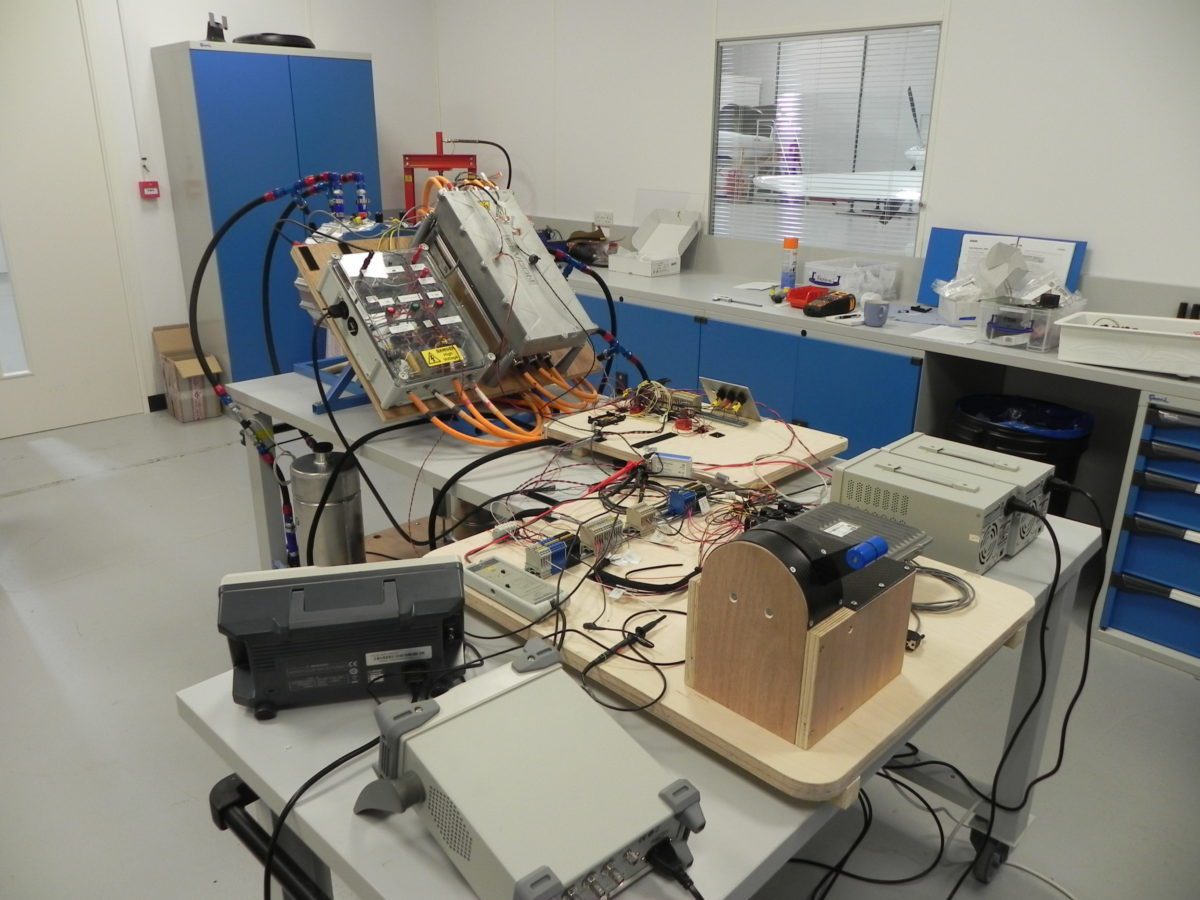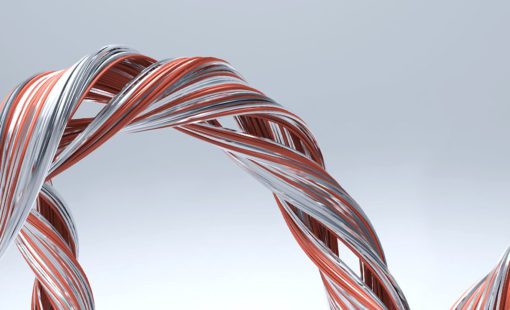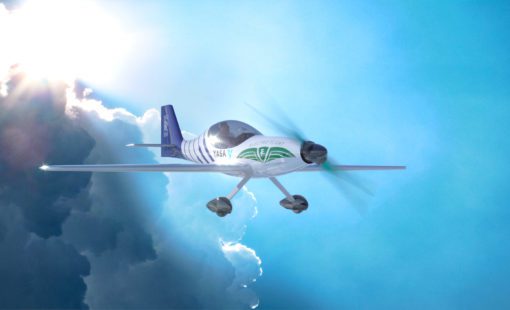The ACCEL initiative, short for Accelerating the Electrification of Flight, is a Rolls-Royce-led initiative partly funded by the UK government. It involves a host of partners including electric motor and controller manufacturer YASA and the aviation start-up Electroflight. The project’s focus is officially described as ‘an effort to build, test and commercialize a specially designed aircraft powered by megawatts’ – all within a self-imposed 24-month timeframe.
The ACCEL aircraft is based on a Nemesis NXT racing aircraft airframe. It will have a three-bladed prop, driven by three YASA 750R electric motors sharing a common prop shaft; where YASA is the motor supply partner in the project. The motors will have a combined peak power of 700kW, which is about the same power as the internal combustion engine used on a standard NXT in record run trim. Also, 700kW equates to circa 1,000 horsepower, which is about the same as a Formula 1 racing car.
The source of the electrical power will be 6,000 battery cells, and much of Electroflight’s development focus is around the power management of those cells. The team is working towards what it hopes will be one of the most power-dense flying battery packs in the world. It will have enough power to fly from London to Paris on a single charge and will contain a liquid cooling system to regulate heat.
